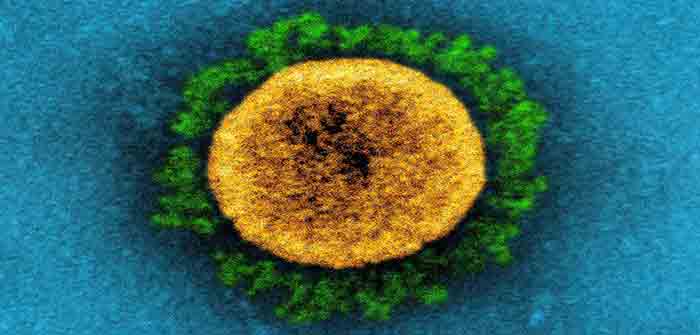
by Marcus De Brun at Cassandra Voices
Having recently stated publicly that I would ‘not administer a genetic-vaccine to a healthy animal, never mind a ‘healthy human being,’ I have been asked by friends (and foes) to clarify this statement, and will attempt to do so here.
Speaking as a qualified Microbiologist, l would NOT administer an mRNA vaccine to a healthy animal, never mind a healthy human being.
— Dr. Marcus De Brun (@indepdubnrth) March 16, 2021
Presently vaccines produced by four companies (Pfizer, Moderna, Astra Zeneca and Johnson & Johnson) are available on the European market. All four are ‘genetic vaccines’ in that they are composed of synthetic DNA or RNA that is contained within a membrane or shell. In construction and appearance the vaccine is very similar to the SARS-CoV-2 virus responsible for the coronavirus disease known as Covid-19. The vaccine gains entry to human cells by a process that is almost identical to the manner by which a virus generally gains access to host cells. This process is called ‘transfection’.
Each of these vaccines work by introducing either DNA or RNA into host cells. The genetic material then instructs host cells to make a piece of the coronavirus (the spike protein) that is then released into the blood stream or tissues. There, the spike protein will trigger an immune response. Following this immune response, the vaccinated individual will retain some immunity; they will have antibodies and white cells that can now recognise Covid-19 and attack it before it has a chance to cause a serious infection.
The AstraZeneca and Johnson & Johnson vaccines are DNA vaccines,[i] which transfect DNA into the Nucleus of host cells. The Pfizer and Moderna Vaccines are RNA vaccines, these transfect their RNA into the cytoplasm of host cells. The difference will be explained later; however, the initial process is the same: human cells take up synthetic viral genes, those genes then direct those cells to begin manufacturing the spike-protein of Covid-19. The cells will then release the nascent spike-protein into the bloodstream or tissues, where it will then function as a ‘traditional vaccine.’
In essence, the distinction between genetic-vaccines and ‘traditional vaccines’ is that the latter would involve a person being injected with killed or inactive virus or spike-protein, which would then cause our immune systems to mount a response. Each of these novel genetic-vaccines however, insert genetic material into human cells. These synthetic genes then ‘hijack’ those cells or ‘convert’ them to manufacture and release the spike-protein. With a genetic vaccine, pharma does not make the vaccine, our own cells are programmed to do the work instead, a process entirely different from that of a ‘traditional vaccine’.
Out with the Old…
For the first time in my medical career of some twenty years, I am presented with the apparent necessity of vaccinating young healthy people with experimental vaccines, against a disease for which they have little or no risk of suffering life-threatening,[ii] or even serious long-term[iii] illness. The vast majority of ‘vulnerable’ people, to whom they might pass Covid-19 to, have already been either vaccinated or been exposed to the virus.[iv]
I have an article today in @statnews making the case that we need to start thinking more critically, and speaking more cautiously, about “Long COVID.” https://t.co/WCGxyxKe37
— Adam W Gaffney (@awgaffney) March 22, 2021
In Ireland according to our Central Statistics Office, during the past 12 months up to the end of January 2021; amongst the entire population of 1-24yr olds, there have been 55,565 PCR confirmed cases of Covid-19. Out of those cases, there has not been a single death recorded; from, by, or associated with Covid-19.[v] It has been reported that a single Covid-related death in this cohort (1-24yrs) did occur in February of this year. However, this has yet to appear in the figures published by the CSO.
Young nurses, medical staff, care workers, are being pressured into taking a vaccine they…
Continue Reading